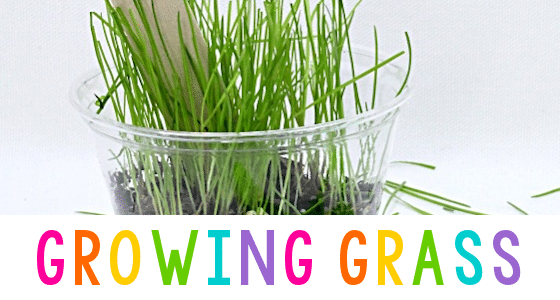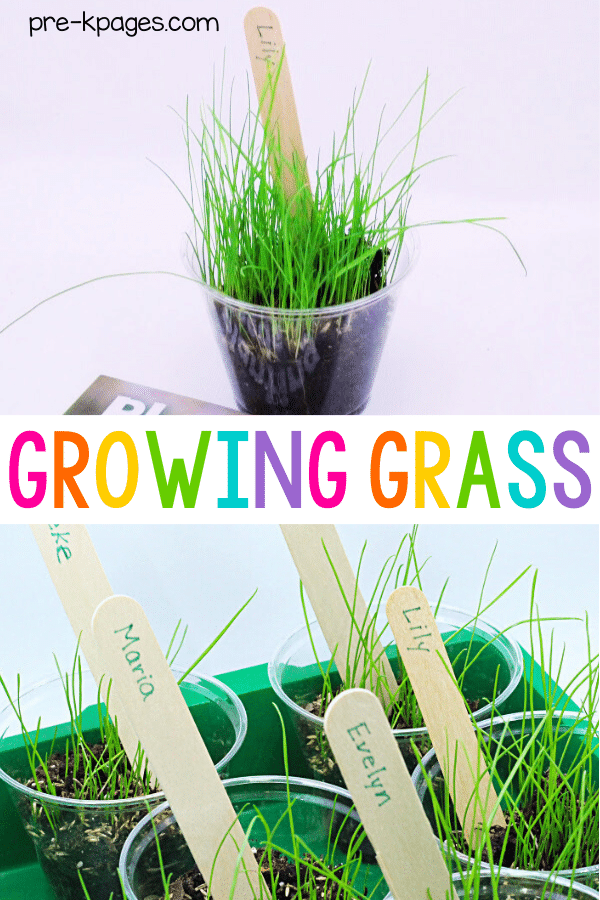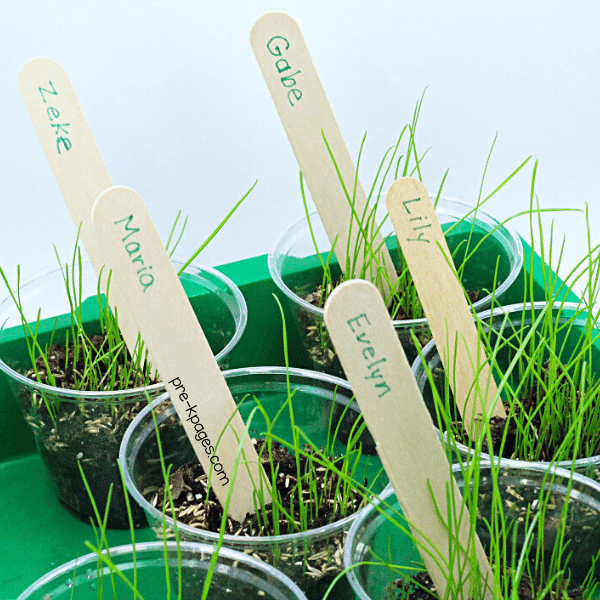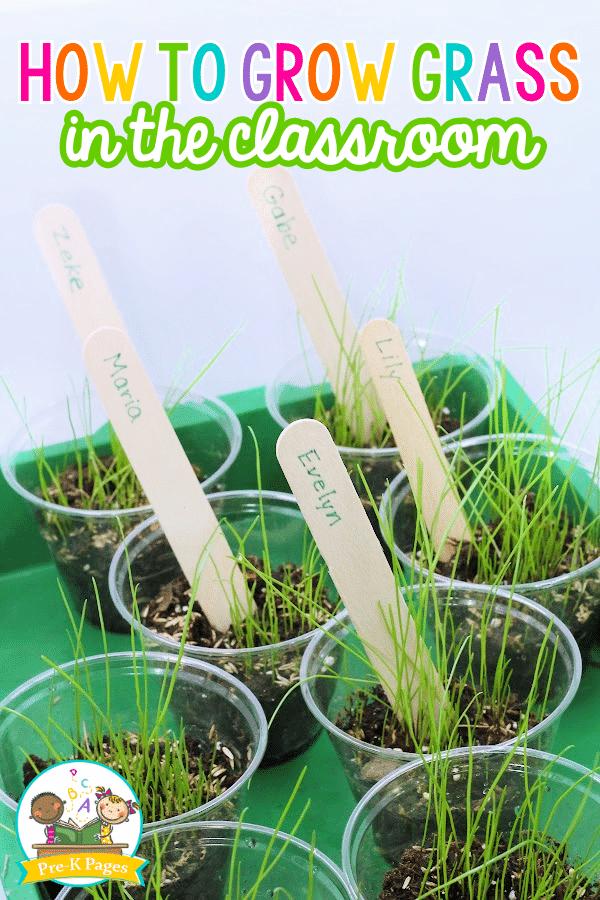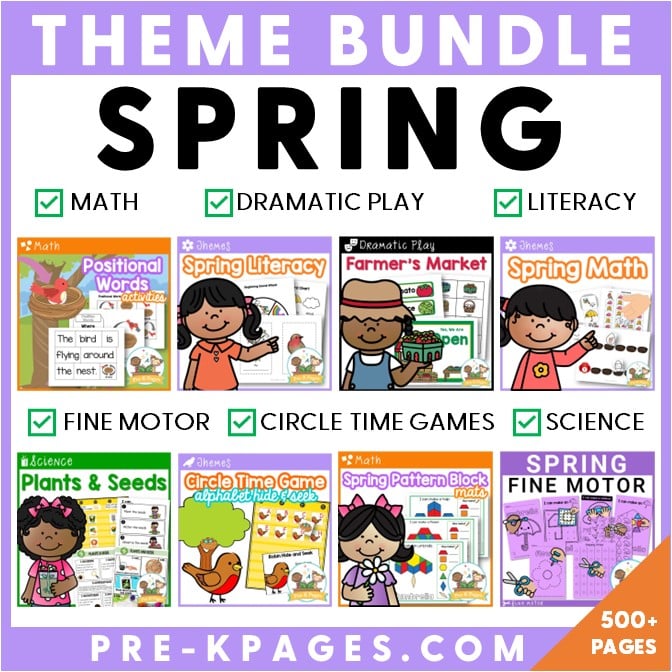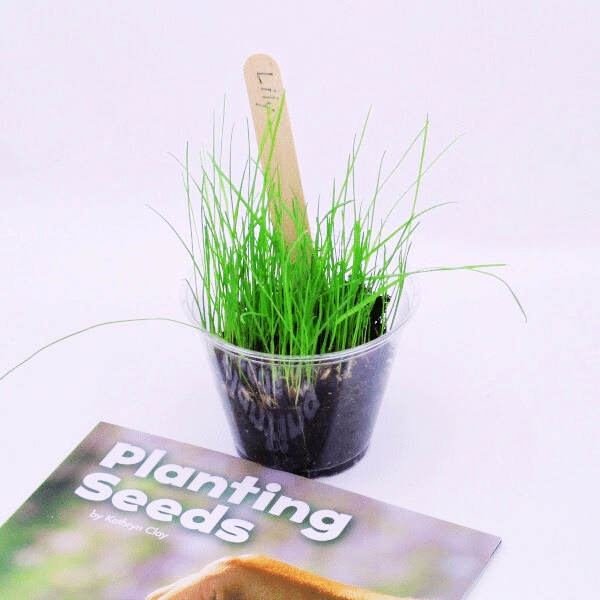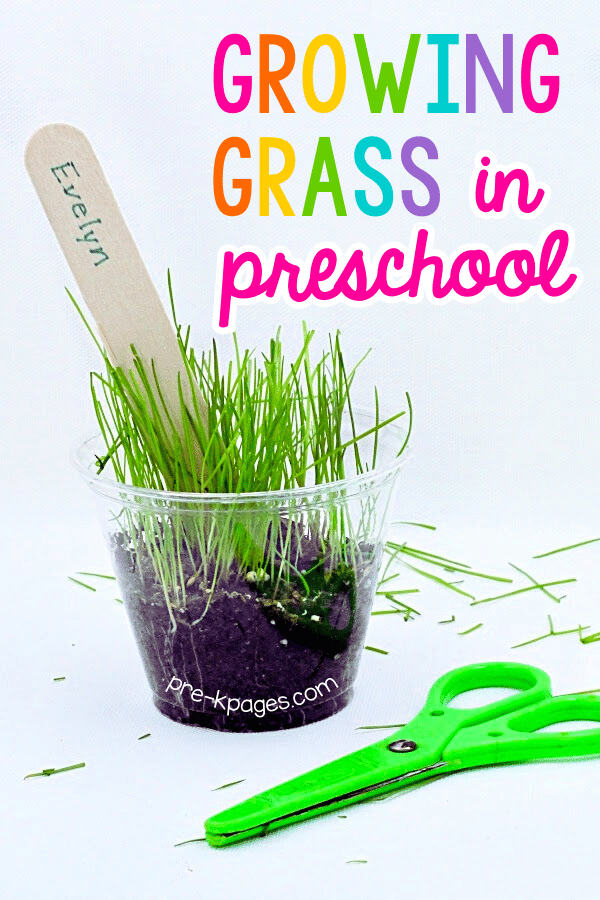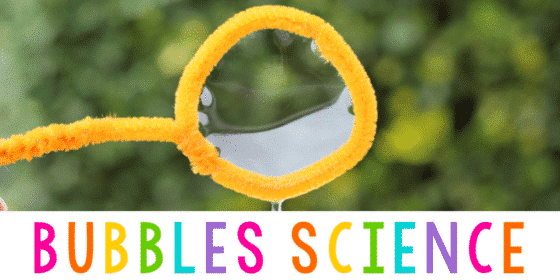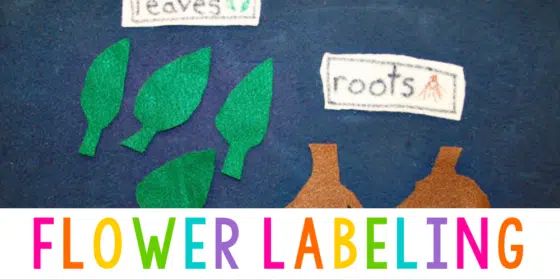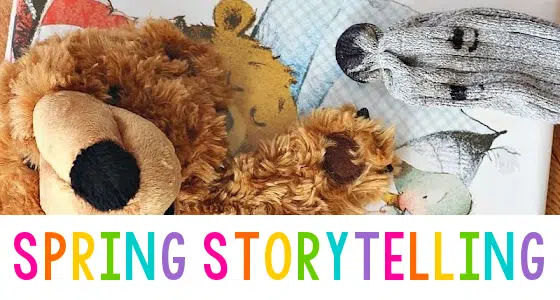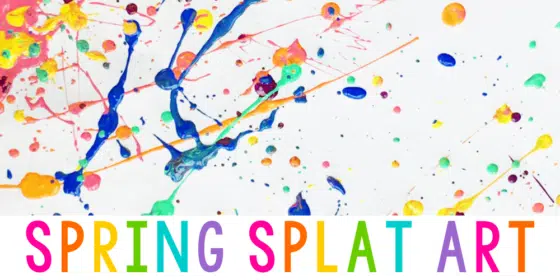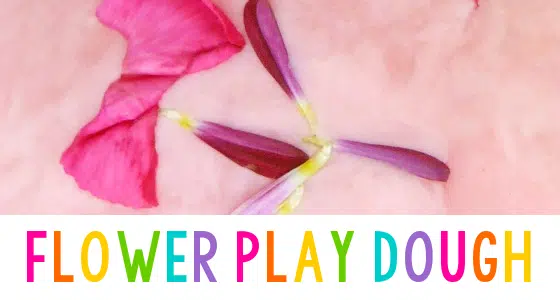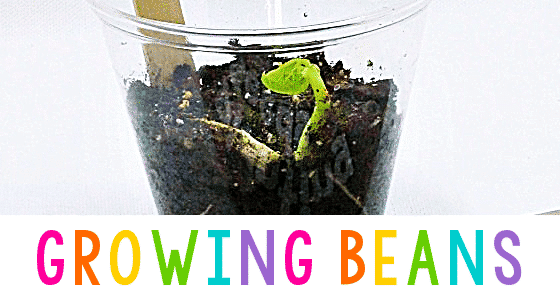Planting grass seed and growing grass indoors in a cup is the perfect science experiment for preschoolers. Grass grows quickly and easily in many different environments, both inside and outside. Your kids will love growing grass at home or in the classroom with only a few basic materials.
This fun science activity will help your kids learn what plants need and see how they change over time.
How To Grow Grass Seed In A Cup
Planting, caring for, and growing grass seeds can help kids develop fine motor skills. Children can exercise the small muscles in their hands by scooping dirt, sprinkling seeds, and watering grass with spray bottles daily.
You can teach your kids about growing grass by talking about what seeds need to grow: soil, water, and sunlight. When you have discussions with your students you’re building critical background knowledge about how plants grow.
Read a book about seeds and growing to build background knowledge and start discussions. Planting Seeds by Kathryn Clay is perfect for preschoolers!
As their grass begins to grow, talk with your kids how the roots absorb the moisture (water) and nutrients from the soil.
Growing Grass in Preschool
Here are the supplies you’ll need to plant grass with your kids at home or school.
- plastic cup or container for planting (one per child)
- tray to hold containers
- potting soil
- toy shovel or measuring cup
- grass seed
- water
- watering can or water spray bottle
- craft sticks
- permanent marker
Growing Grass in a Cup with Kids
Invite kids to fill their cups 3/4 of the way to the top with potting soil using a small toy shovel or measuring cup.
You can use clear, disposable cups, school milk cartons, and yogurt containers for planting grass seeds. Feel free to use whatever you have on hand, as they all work well.
Check out this research-based, playful learning unit in our curriculum shop!
Ultimate Spring Themes Pre-K Lesson Plan Bundle
A bundle of 19 of our most popular spring theme resources, including math, literacy, circle time, fine motor, dramatic play - and more!
How much grass seed should I put in the cup?
Next, invite children to sprinkle grass seed on top of the dirt. Planting grass seed is not an exact science; no specific measurements are necessary. The more seeds that are sprinkled on top of the dirt, the more grass will grow. Some sources say to place a little more dirt on top of the seeds, but I have found it isn’t really necessary.
After sprinkling the seeds on top of the dirt, invite your kids to water the soil. I like to use water spray bottles because they provide opportunities for fine motor practice. The grass is less likely to become over watered with a spray bottle.
Use a permanent marker to write each child’s name on a craft stick and place it inside their container of grass seed. Using craft sticks will allow your kids to easily locate and identify their own cups.
Then, place the cups in a sunny location near a window where they will receive sunlight. Remind your kids to water their plants each day to keep the potting soil moist.
Growing Grass Science Activity
If cared for properly, your grass seeds may begin to grow in about one to two weeks depending on where you live. Continue to water the cups daily, even after the seeds begin to sprout.
Encourage children to check their cups daily in the science center. They can write what they observe in their science notebooks or journals to help them track changes over time. This way, they can see how things change over time.
Have children measure the growth of their grass daily. Keep track of the measurements on a class chart or in their own notebooks.
When the grass is tall enough, invite the children to “mow” the grass with scissors for additional fine motor practice – and fun!
For your final project on growing grass, help the children make a chart to record their findings. Work together with the children to create the chart. Record the information on the chart as you go along. This will help you keep track of your progress.
Another idea is to plant different types of grass seeds with your kids. You could try comparing growth times of turf grass, warm season grasses, and shade grass seed.
Science Curriculum for Pre-K
Let’s face it, surfing the web for random science experiments to go along with your themes or units of study is no fun. What you really need is a done-for-you science curriculum that’s designed specifically for Pre-K. But not just any science curriculum, one that’s focused on meaningful science experiences and scientific process skills that align with standards and honor the way young children learn. And what if that science curriculum also had easy to understand, step-by-step teacher instructions, lesson plans, and center activities? If all of that sounds good, then you need this science curriculum in your teacher life.
Free Flower Math Game Printable
Looking for more flower fun? Get this printable flower math game sent to your email simply by filling out the form below.

